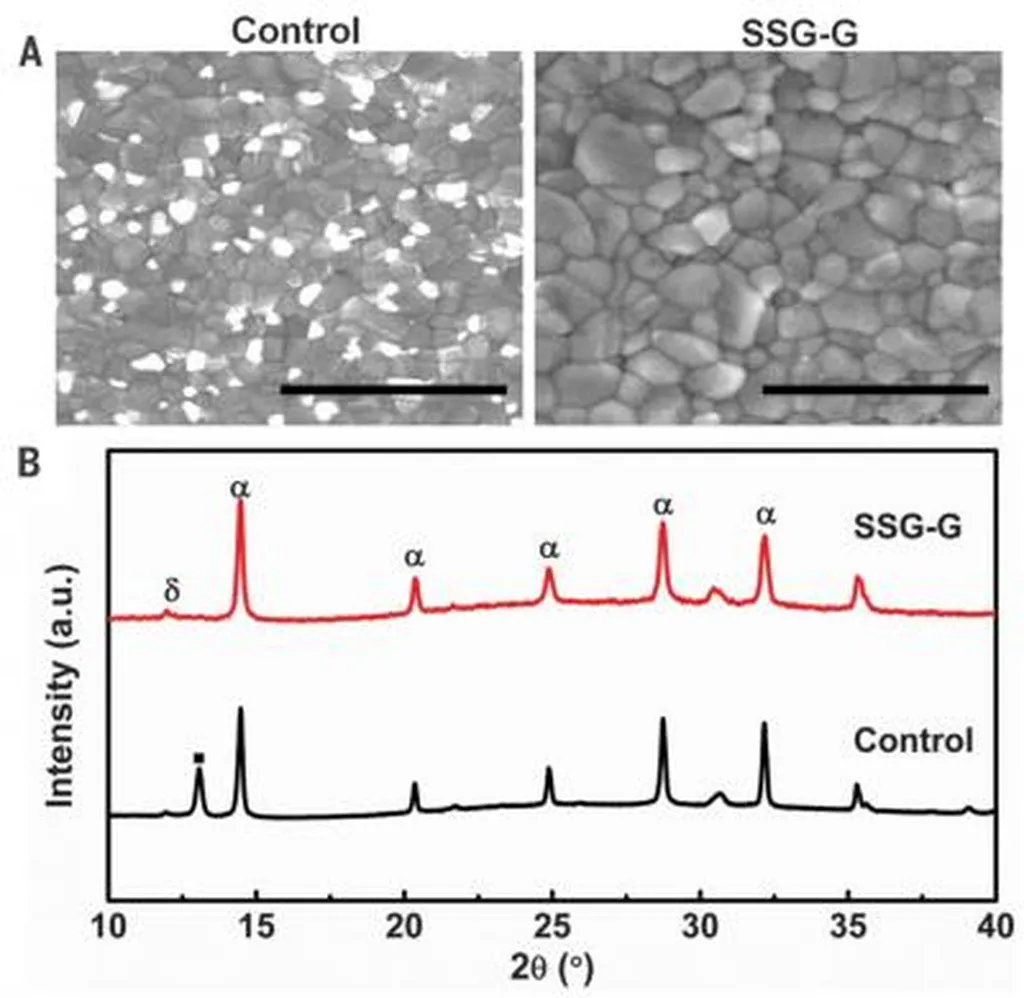In the relentless pursuit of efficient and affordable solar energy, researchers have turned to a promising class of materials known as halide perovskites. These materials have garnered significant attention due to their exceptional optoelectronic properties, which could revolutionize the solar energy sector. A recent study published in *Materials Futures* (translated from Chinese as “Materials Horizons”) has taken a significant step forward in understanding and predicting the energy band properties of these materials using machine learning (ML) techniques.
The research, led by Yucheng Ye from the State Key Laboratory for Artificial Microstructures and Mesoscopic Physics at Peking University, focuses on predicting the conduction band minimum (CBM), valence band maximum (VBM), and bandgaps of halide perovskites. These properties are crucial for determining light absorption, charge carrier dynamics, and overall photovoltaic performance.
The team developed high-accuracy ML models based on state-of-the-art algorithms to predict these energy band properties. Among the tested models, the extreme gradient boosting regression (XGB) model outperformed others, achieving impressive predictive accuracy. “The XGB model demonstrated a coefficient of determination (R²) of 0.8298 for CBM prediction and 0.8481 for VBM, with mean absolute errors of 0.1510 eV and 0.1490 eV, respectively,” explained Ye. For bandgaps calculated using the Heyd–Scuseria–Ernzerhof (HSE) functional, the model achieved an R² score of 0.8008 and an MAE of 0.2848 eV.
The study also incorporated predictions for bandgaps calculated using the Perdew–Burke–Ernzerhof (PBE) functional, where the XGB model maintained its superior performance with an R² score of 0.9316 and an MAE of 0.1018 eV. This level of accuracy is a game-changer for the field, as it allows researchers to quickly and efficiently predict the energy band properties of new halide perovskite materials without extensive experimental work.
One of the most compelling aspects of this research is its potential to accelerate the development of next-generation solar cells. By identifying the key features influencing energy band properties, the study provides valuable insights for the rational design of halide perovskites with tailored energy band properties. “Our findings statistically revealed the dominant factors affecting bandgaps, CBM, and VBM energy levels in halide materials, which aligned with previous non-ML studies,” said Ye.
The commercial implications of this research are substantial. As the solar energy sector continues to grow, the demand for more efficient and cost-effective photovoltaic materials is increasing. The ability to predict and design materials with optimal energy band properties could lead to significant advancements in solar cell technology, ultimately reducing the cost of solar energy and making it more accessible.
The study also highlights the growing role of machine learning in materials science. By leveraging advanced algorithms and computational power, researchers can now explore vast chemical spaces and identify promising materials more efficiently than ever before. This approach not only speeds up the discovery process but also reduces the need for extensive experimental work, making the overall research process more sustainable and cost-effective.
In conclusion, the research led by Yucheng Ye and published in *Materials Futures* represents a significant advancement in the field of halide perovskites and solar cell technology. By harnessing the power of machine learning, the study provides valuable insights into the energy band properties of these materials, paving the way for the development of more efficient and affordable solar cells. As the solar energy sector continues to evolve, the integration of machine learning techniques is likely to play an increasingly important role in driving innovation and progress.

